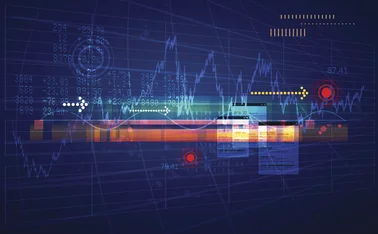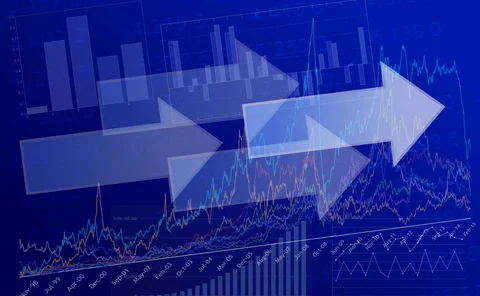XVA Special Report 2017
Practices range widely across the family of valuation adjustments in relation to derivatives instruments held by banks – collectively known as XVAs – which are typically calculated by taking the expected positive exposures of a derivative at future points in time and then applying the relevant costs to that exposure.
Copyright Infopro Digital Limited. All rights reserved.
As outlined in our terms and conditions, https://www.infopro-digital.com/terms-and-conditions/subscriptions/ (point 2.4), printing is limited to a single copy.
If you would like to purchase additional rights please email info@risk.net
Copyright Infopro Digital Limited. All rights reserved.
You may share this content using our article tools. As outlined in our terms and conditions, https://www.infopro-digital.com/terms-and-conditions/subscriptions/ (clause 2.4), an Authorised User may only make one copy of the materials for their own personal use. You must also comply with the restrictions in clause 2.5.
If you would like to purchase additional rights please email info@risk.net
Mnuchin makes life harder for quants
Proposed CCAR changes make KVA calculations even more complex
Margin settlement risk and its effect on CVA
Sponsored feature: CompatibL
Quants head for the shop floor
Demand for technical skills is growing, but roles have changed – and some schools are not keeping up
Accelerated MVA in triCalculate
Sponsored feature: NEX TriOptima
EU capital revamp paves way for corporate CVA charge
Draft directive offers national regulators power to override controversial exemption
XVA reaches far and wide
Sponsored Q&A: CompatibL, Murex and Numerix
A sound modelling and backtesting framework for forecasting initial margin requirements
Anfuso, Aziz, Loukopoulos and Giltinan propose a method to develop and backtest forecasting models for IM






